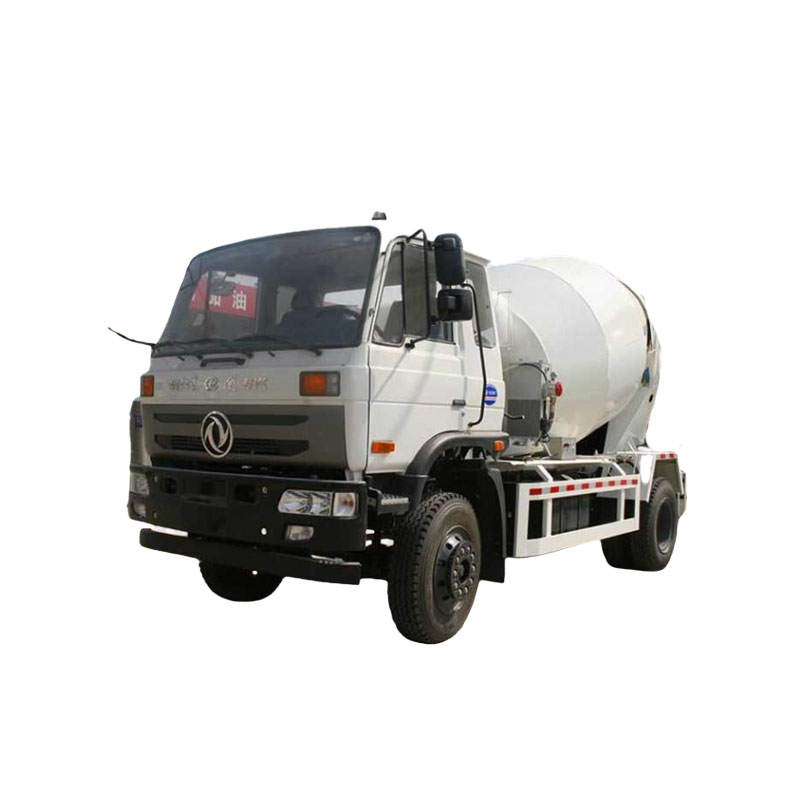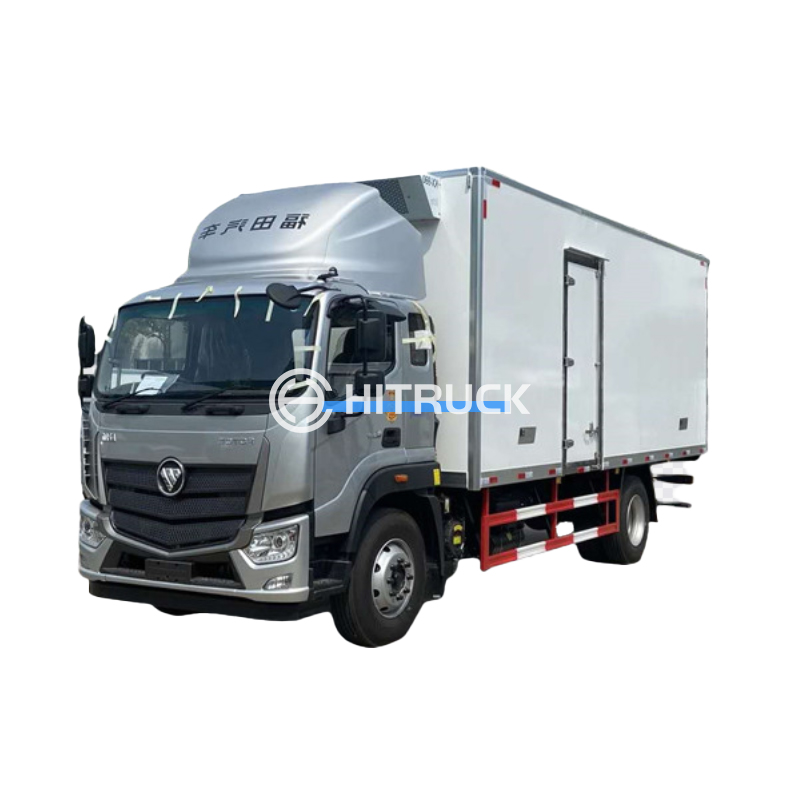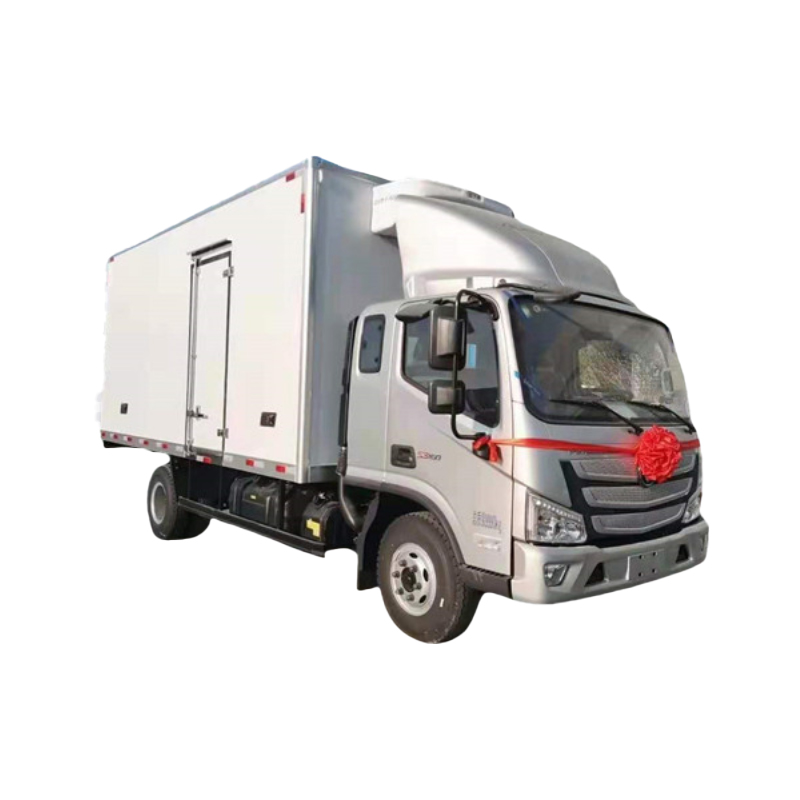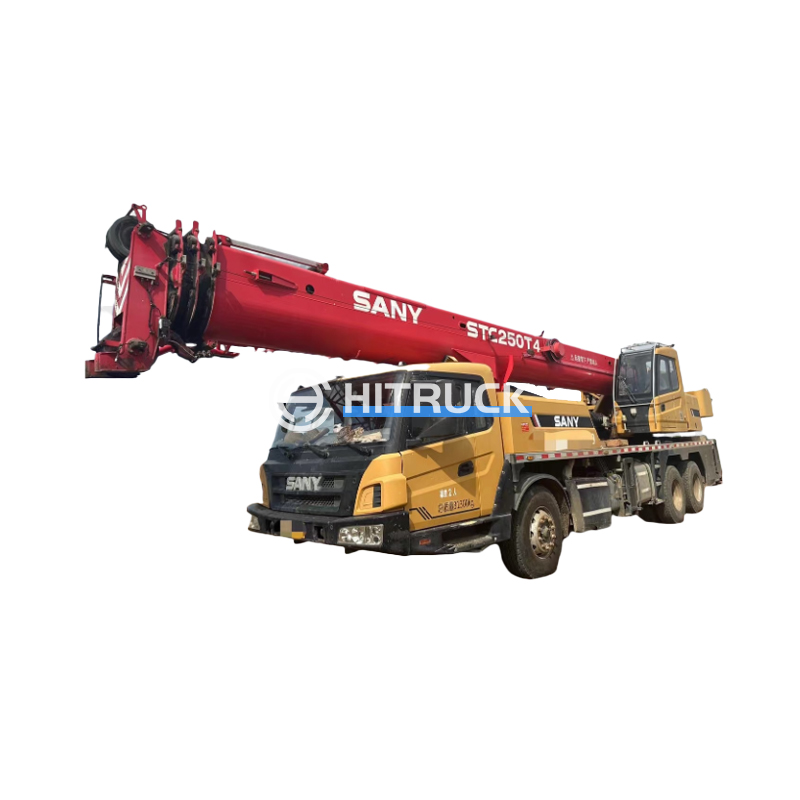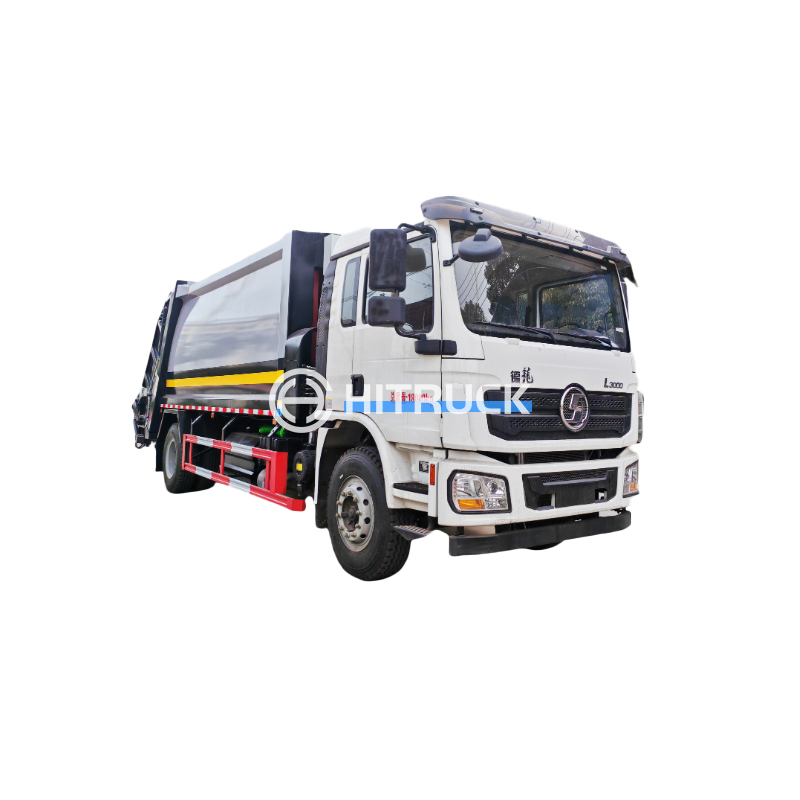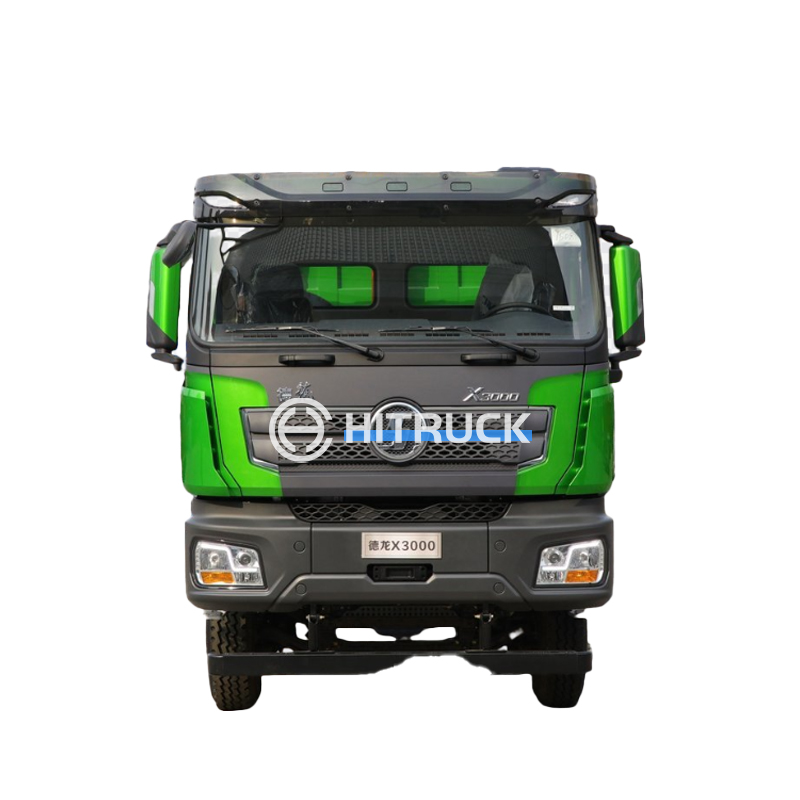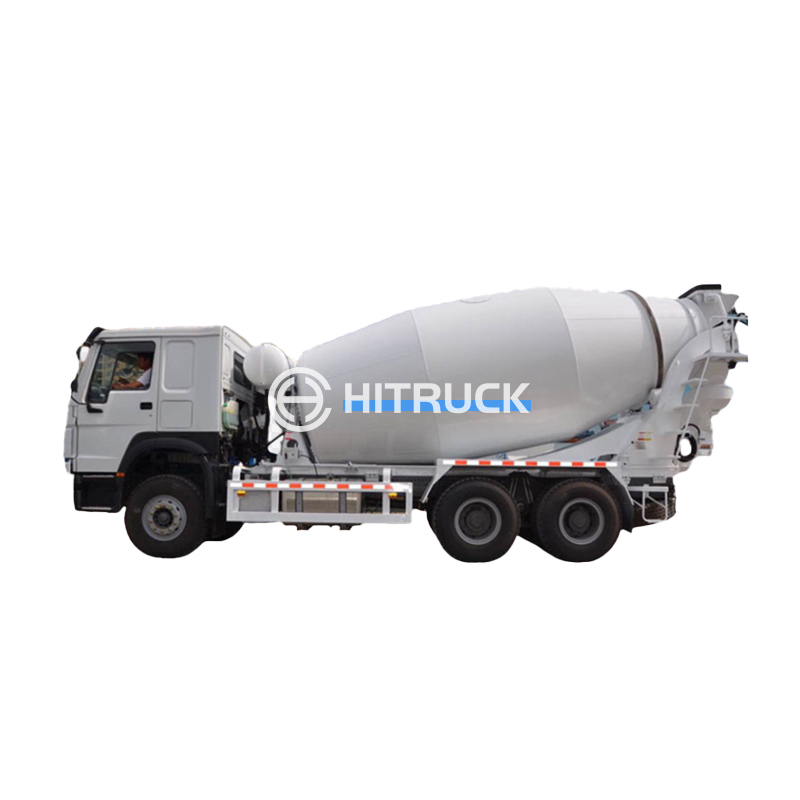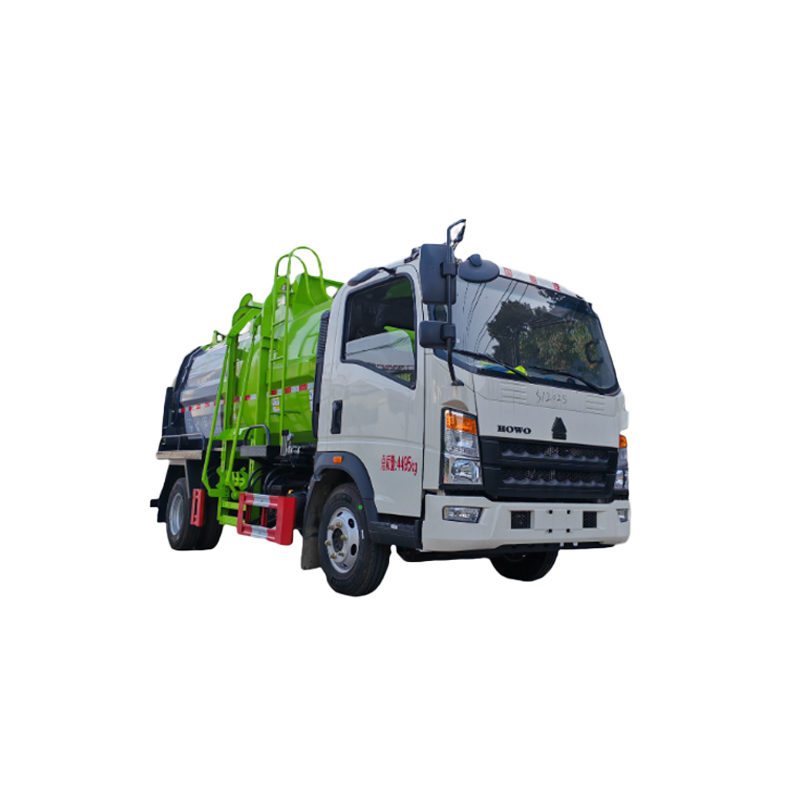Learn everything you need to know about the process of cement mixer truck pouring, from preparation and safety to the different types of trucks and techniques used. This guide covers best practices, potential challenges, and ensures a smooth and efficient concrete pour every time.
Before the cement mixer truck even arrives, meticulous preparation is key. This includes site assessment – ensuring sufficient access for the truck, a level and stable pouring surface, and proper formwork construction. Accurate measurements and the correct concrete mix design are paramount for a successful pour. Remember, proper planning minimizes delays and ensures the integrity of the final structure. Contacting your local concrete supplier early in the process is a smart move; they can offer advice on mix design and scheduling.
Once the cement mixer truck arrives, the driver will typically position the truck strategically for efficient pouring. The chute, or sometimes a pump, is used to deliver the concrete to the desired location. Consistent pouring is crucial; avoid sudden stops and starts to prevent segregation. Proper vibration of the concrete is necessary to remove air pockets and ensure a strong, uniform finish. For larger pours, multiple trucks may be coordinated, ensuring a continuous flow of concrete. This requires precise timing and communication between the team, including the truck drivers, and the site foreman.
After the pour is complete, there are several crucial steps to take. These include consolidating the concrete using methods such as vibration, ensuring proper curing to maintain strength and prevent cracking, and finishing techniques like screeding and floating to achieve a smooth surface. Regular monitoring of the curing process is essential for achieving the desired quality. Depending on the project's scale and complexity, hiring professionals experienced in concrete finishing is highly recommended. This helps maintain quality and avoids potential costly mistakes.
Different projects require different types of cement mixer trucks. The choice depends on factors like the size of the pour, accessibility of the site, and the desired pouring method.
| Truck Type | Capacity | Advantages | Disadvantages |
|---|---|---|---|
| Standard Mixer Truck | Typically 7-10 cubic yards | Cost-effective, widely available | Limited reach, may not be suitable for all sites |
| Pump Truck | Varies greatly | Can reach difficult-to-access areas, increases efficiency | More expensive to rent, requires skilled operator |
Table data is based on general industry observations and may vary depending on manufacturer and model.
Safety is paramount during the entire cement mixer truck pouring process. Protective equipment such as hard hats, safety glasses, and high-visibility clothing must be worn by all personnel on site. Proper traffic control measures are essential to ensure the safety of workers and the public. Before starting any pouring operation, a thorough risk assessment should be undertaken. This helps anticipate potential hazards and identify appropriate mitigation strategies. For further guidance, refer to OSHA guidelines for concrete construction.
For your concrete needs, consider exploring reliable suppliers like those found on Suizhou Haicang Automobile sales Co., LTD. They offer a range of trucks and services to support your project. Remember to carefully consider your project’s specific requirements when selecting a cement mixer truck and supplier. Proper research ensures that your project progresses efficiently and smoothly.
Remember to always consult with professionals and adhere to safety regulations when working with concrete.

